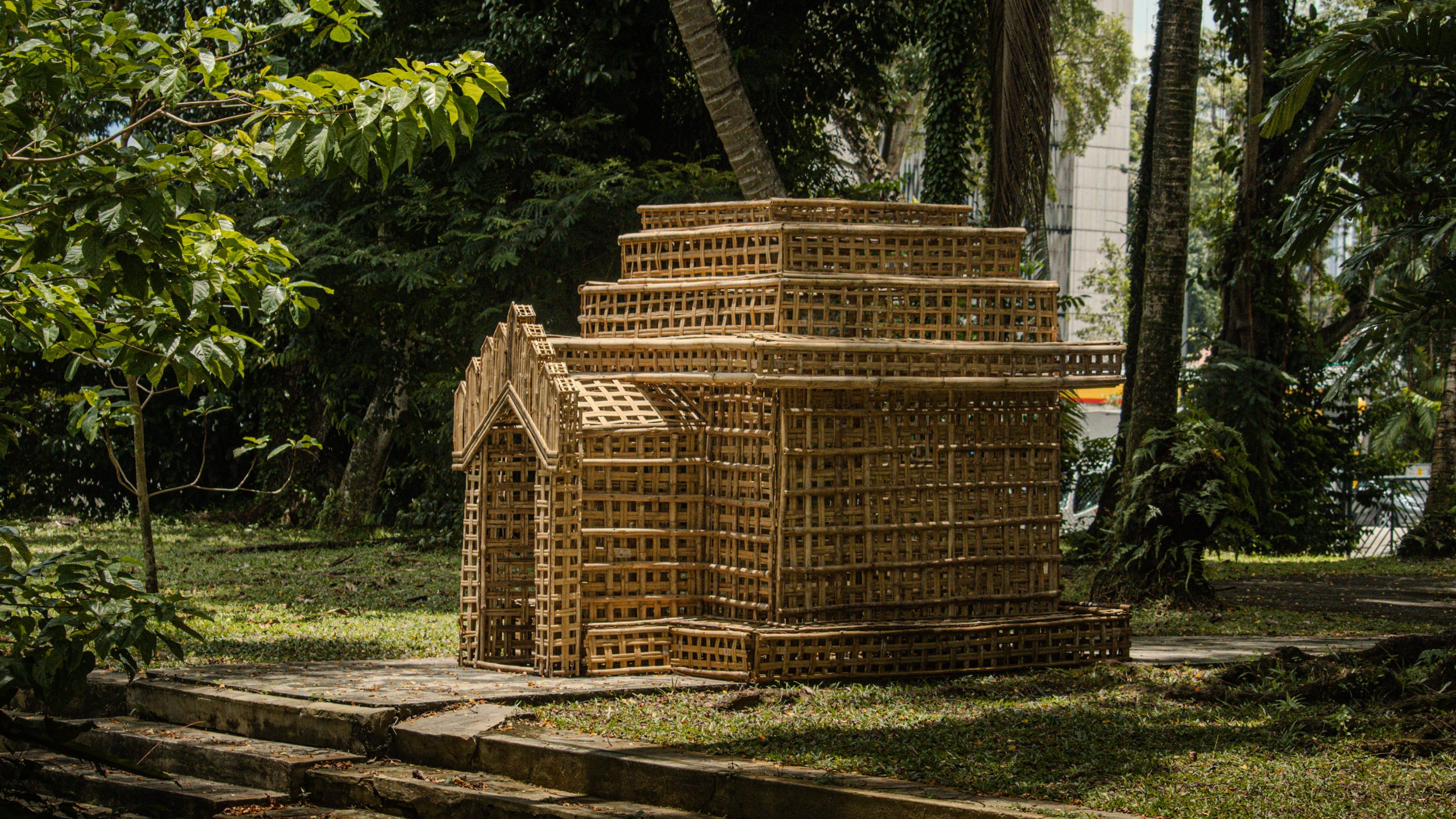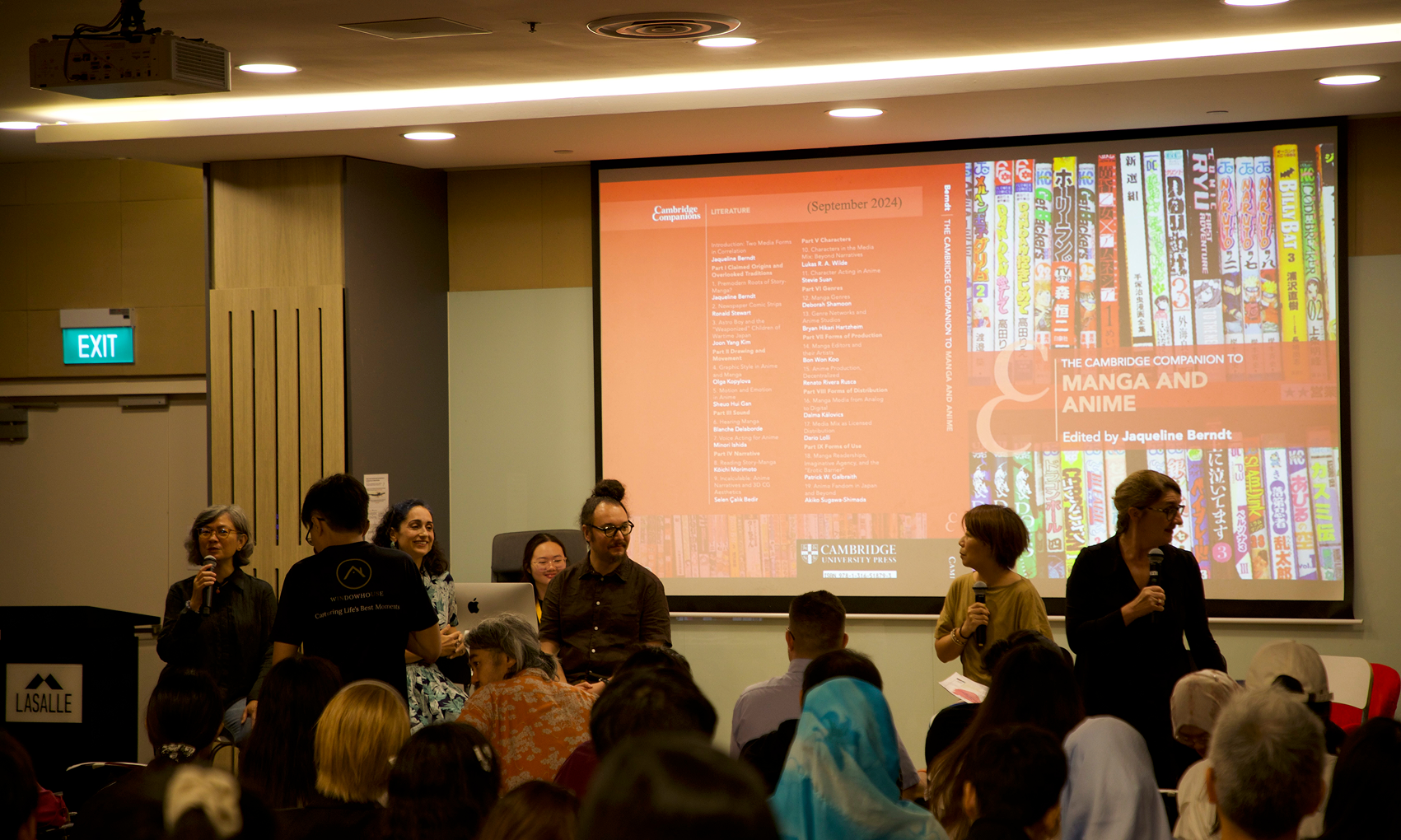Journal and book publications
Dialogue, Differences and Empathy: How Theatre can Facilitate Deeper Engagement with Multiculturalism can Facilitate
The Singapore government has long harnessed arts and culture for national-ideological purposes, including projecting a vision of unity in a multiculturalism rooted in what many scholars have criticised as essentialised 'CMIO' categories. Artists, on the other hand, seek to express everyday multiculturalism and identity formation as lived and experienced by people at home, work, and social settings. In the process of depicting these everyday experiences of cultural encounters, artists' works may critique official narratives which may lead to the state reacting negatively and shutting down the work. Despite this, the arts in Singapore provides a safe space for Singaporeans to think about, speak about, and develop nuanced interpretations of themselves as multicultural citizens. This essay discusses the work of two theatre companies known for their socially engaged work, The Necessary Stage and Drama Box, and reveals how theatre is a space where the "unsayable" can be said and how their strategies in staging could provide a means for people to explore conflict, difference, and engage in dialogue.
Citation:
Wong, Audrey. ''Dialogue, Differences and Empathy: How Theatre can Facilitate Deeper Engagement with Multiculturalism can Facilitate.'' One United People: Essays from the People Sector on Singapore's Journey of Racial Harmony, edited by Buck Song Koh, Singapore, Marshall-Cavendish, 2022, pp. 164-177, ISBN / ISSN: 9789815009620.
Presenting Traditional Dance ‘Tari Silat’ at Tertiary Level Using Social Media as an Alternative Performance Space Platform for Community Engagement in the 21st Century
‘Tari Silat’ is commonly known as part of a martial art. Every gesture and step bounce a signal language that represents a meaning while pertaining to the politeness of the movements. Tari Silat is taught in one of the syllabuses at the Faculty of Film Theatre and Animation UiTM Puncak Perdana under the Centre of Theatre. The current pandemic situation has affected the world of the education system widely and requires a new paradigm. Many issues have arisen especially in the field of performing arts education since this discipline is about being on stage to see the output. Alternatively, the use of social media is becoming a new game changer to showcase art performances virtually and this approach was implemented for final assessment in student’s projects as one of the new paradigms in teaching methods at higher institutions. The centre focus for this research is looking into the use of YouTube and Facebook Live Streaming as a replacement for an actual performance space in this 21st century and indirectly provide knowledge to a wider spectrum on martial art dance. Within this research, the students, art communities, stakeholders, and dancers are indirectly able to articulate and analyse the major concepts of performance space through the idea of performance studies by Richard Schechner. Besides, it will also analyse the performances within the “broad spectrum of performance” based on everyday life and social media to performance art for global spectacles. The new idea by using social media as a performance space will allow the stakeholders to see the ability and visibility of these art education and indirectly assure the direction for the students on the possibility of a future performing arts field.
Citation:
Mohd Zahid, Muhammad Fairul Azreen, et al. ''Presenting Traditional Dance ‘Tari Silat’ at Tertiary Level Using Social Media as an Alternative Performance Space Platform for Community Engagement in the 21st Century.'' International Journal of INTI, vol. 26, no. 1, 2022, pp. 34-45, ISBN / ISSN: 0126-5822.
Backstage: Managing creativity and the arts in South-East Asia
South-East Asia is a region rich in cultural diversity and dynamic in its creativity. There is a great potential for the countries of the region to capitalize on their cultural resources and their dynamic young populations to gear toward the creative economy and fully realize the role of culture in achieving sustainable development. The publication, Backstage: Managing Creativity and the Arts in South-East Asia, draws on the findings of UNESCO’s recent study of the creative sector in the nine countries of the South-East Asian region (Cambodia, Indonesia, Lao PDR, Malaysia, Myanmar, the Philippines, Singapore, Thailand and Viet Nam). The publication showcases the policy environments in which the creative sector is operating and concretely identifies areas in which exchanges and further development can be engineered to unleash the full potential of the sector. It also tells the stories of the twenty-nine organizations across the region, serving as examples of those who are on the front line of moving the sector forward.
Citation:
Janamohanan, Sunitha, et al. Backstage: Managing creativity and the arts in South-East Asia. Bangkok, UNESCO United Nations Educational, Scientific & Cultural Organization, 2021, ISBN / ISSN: 978-92-3-100443-8.
Crisis of representation of Afghan culture: An analysis of Kaikavus and Heartbeat: Silence after the Explosion
The common perception that Afghanistan is devoid of culture due to the extremely conservative ideology left behind by the Taliban is far from the truth. This trope which I call cultural desertification is part of a larger matrix enmeshed by international relations and postcolonial re-imaginings. From arena dog-fights to buzkashi (Afghan polo with a headless carcass), and from traditional Pashtun attan (dance) to bacha bazi (cross-dressing dancers), the cultural landscape in Afghanistan has been inundated with contested and romanticised perceptions of what should be – or not be – considered as Afghan culture. Rather than attempt to argue what ‘is’ local Afghan culture, this chapter seeks to examine the imaginings of Afghanistan from the perspective of ‘circuit of culture’. Adapted from Stuart Hall and Paul du Gay (1997), the ‘circuit of culture’ articulates the production–representation–identity–consumption–regulation of cultural practices constitutive of economic forces. More specifically, I use Homi Bhabha’s location of culture as the starting assumption that Afghan theatres (hence, Afghan cultures) are ‘located’ in the local – from Kabul. I shall examine two theatre performances – Kaikavus (directed by Haroon Noori, 2013) and Heartbeat: Silence after the Explosion (directed by a foreign director whose name has been withheld for security reasons, 2014) – to problematise the ‘location’ of Afghan culture as a contested space, especially in how ‘culture’ is influenced or determined by cultural stakeholders. The politics around Kaikavus demonstrated a tussle between a large corporation and a self-funded theatre director, and the issue of cultural ownership. Heartbeat: Silence after the Explosion, on the other hand, demonstrated a physical and discursive interruption to the usual ways of representation (for example, the blur between fact and fiction, postmodern and immersive theatre) when an actual bomb went off in the auditorium during the show. Because the actors were actors I had worked with when I was in Kabul (and had become personal friends), Heartbeat raises urgent questions for applied theatre practitioners, including myself, in how we should – or could – respond and stand side-by-side in relation with people who perform in spite of danger. Bhabha states that social differences “are the signs of the emergence of community envisaged as a project […] that takes you ‘beyond’ yourself in order to return, in a spirit of revision and reconstruction, to the political conditions of the present” (Bhabha, 1994). I will argue from a postcolonial framework that the project in producing, consuming, and regulating ‘an Afghan culture’ continues along tropes of victimisation both actual and imagined, which dislocates perceptions of the ‘local’ as a crisis separated from the ‘global’.
Citation:
Chow, Edmund. ''Crisis of representation of Afghan culture: An analysis of Kaikavus and Heartbeat: Silence after the Explosion.'' The Routledge Companion to Applied Performance: Volume Two - Brazil, West Africa, South and South East Asia, United Kingdom, and the Arab World, edited by Tim Prentki, and Ananda Breed, Oxon, UK, Routledge, 2021, pp. 375-386, ISBN / ISSN: 9780367134433.








